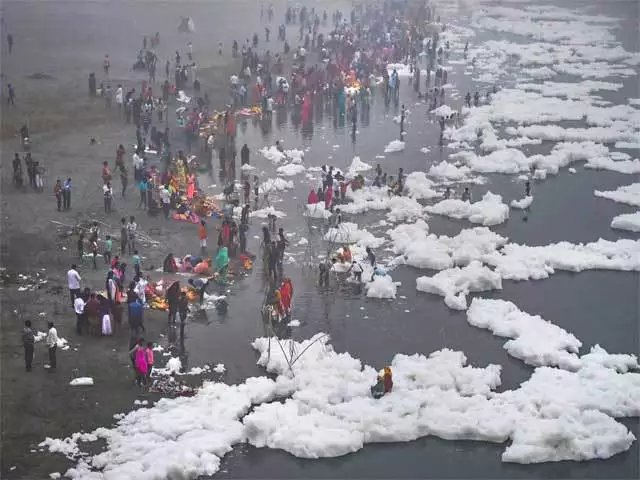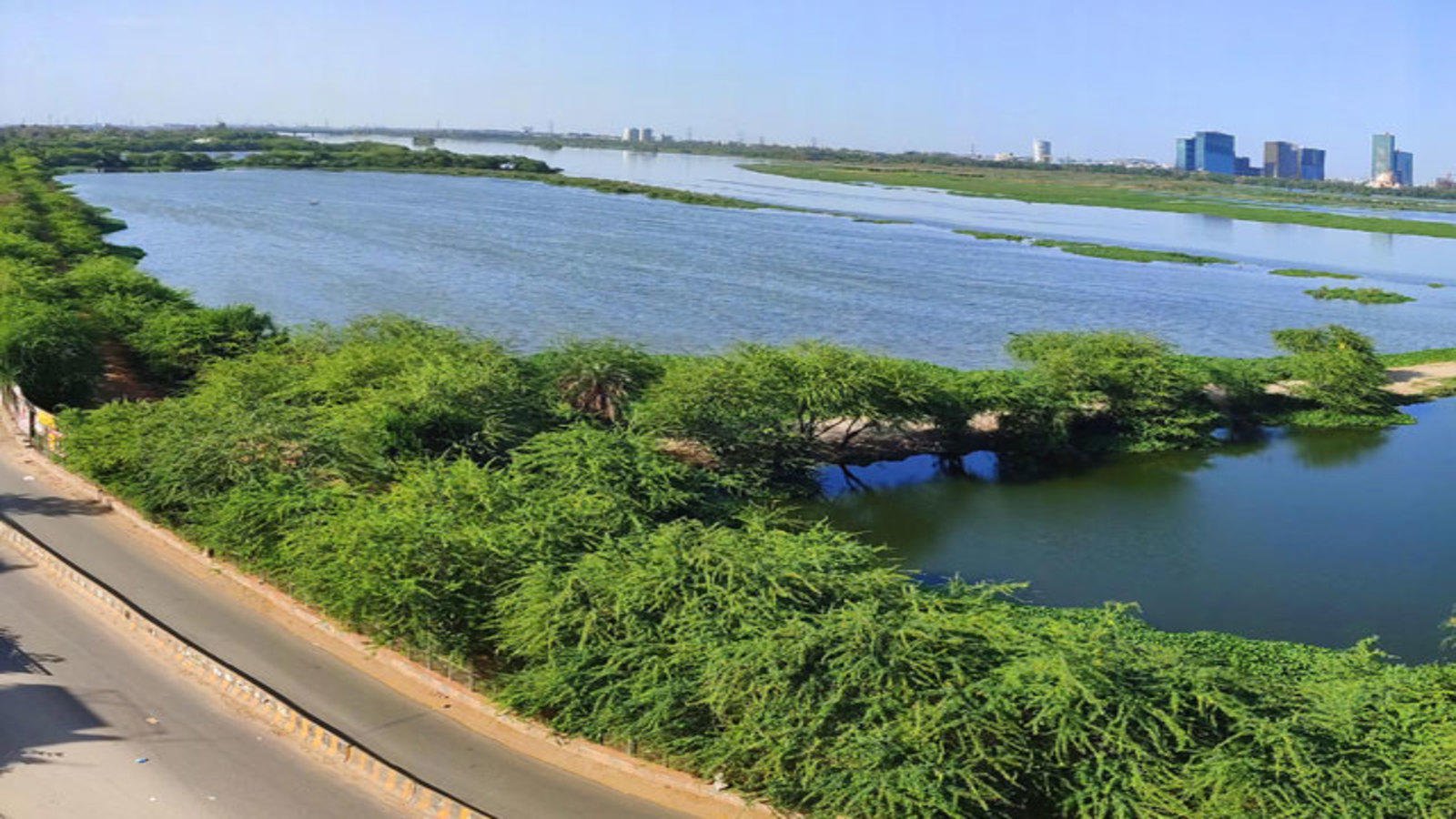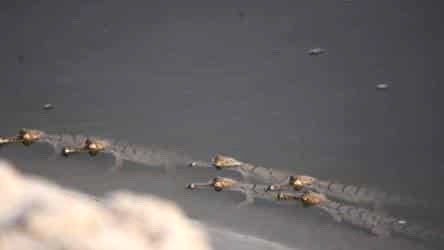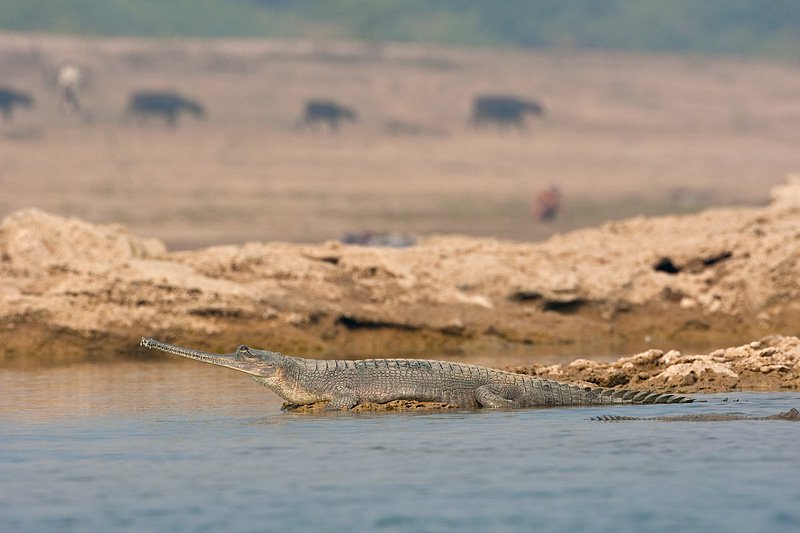For several years, the Yamuna River has been notorious for its toxic foaming water.

However, these last 2-3 months have been different. Different in the sense that the river started rejuvenating, its water became clearer, and marine life thrived while humans were away during lockdown.

Recently, the gharials of the Chambal river, have chosen to nest and breed in the clear waters of Yamuna.
Heart warming news during the pandemic.
— Susanta Nanda IFS (@susantananda3) June 26, 2020
The ghariyals of the Chambal river have chosen in a big way to nest and breed in the Yamuna, one of the most polluted rivers. After a decade almost due to less pollution reports HT.
Do you know the Southern limit of Gharials in India? pic.twitter.com/N19KgxM4G2
According to a report by Hindustan Times, these gharials laid eggs in Etawah, nearly 30 km upstream of Yamuna. On 15th June, locals spotted around 40 baby gharials swimming on the banks of the river.

Even environmentalists and conservationists are surprised by this. Talking to HT, Rajeev Chauhan, conservation officer with Wildlife Institute of India, said:
The first reason that comes to my mind is that the lockdown has improved the water quality of Yamuna so the gharials have started moving to it in big numbers. This was a strong indicator that gharials had chosen the Yamuna as another natural habitat and the river could be a cornerstone in conserving bio-diversity.

Back in 2011, gharials from the Chambal river ventured into the Yamuna for breeding, for the first time ever. Last year too, they were spotted at the point where the two rivers meet in Etawah, in small numbers.
But this time their numbers have increased significantly.
This time, let’s not ruin this habitat for them.

















